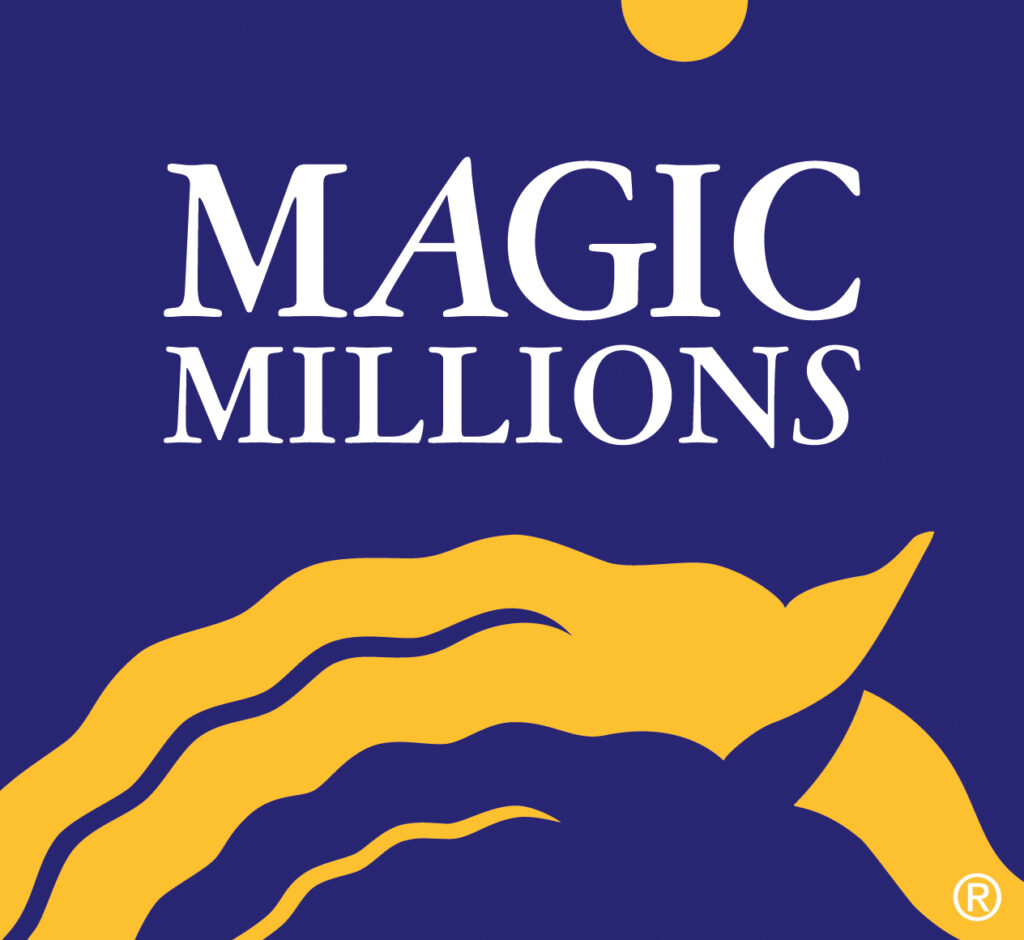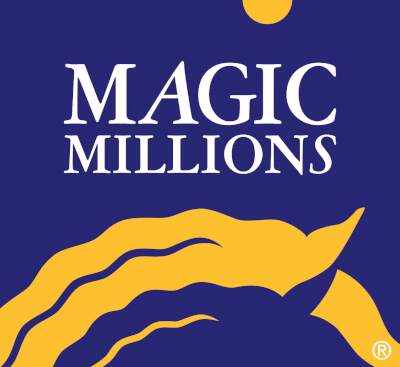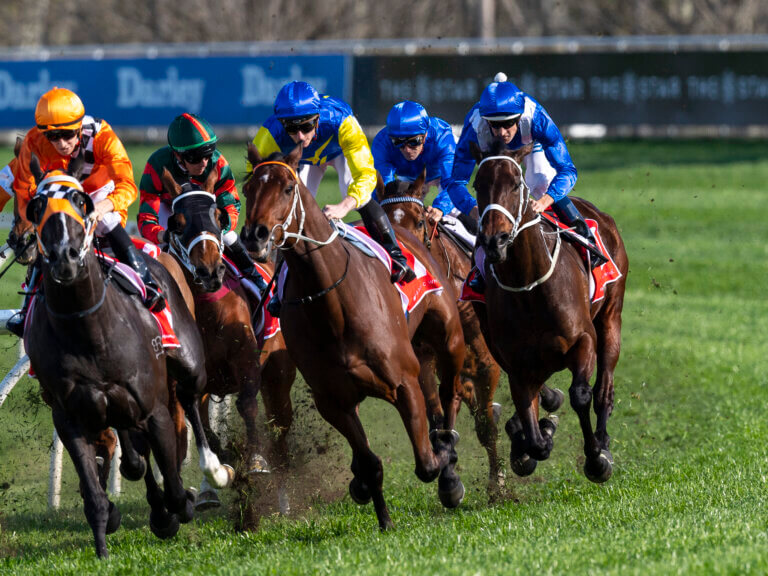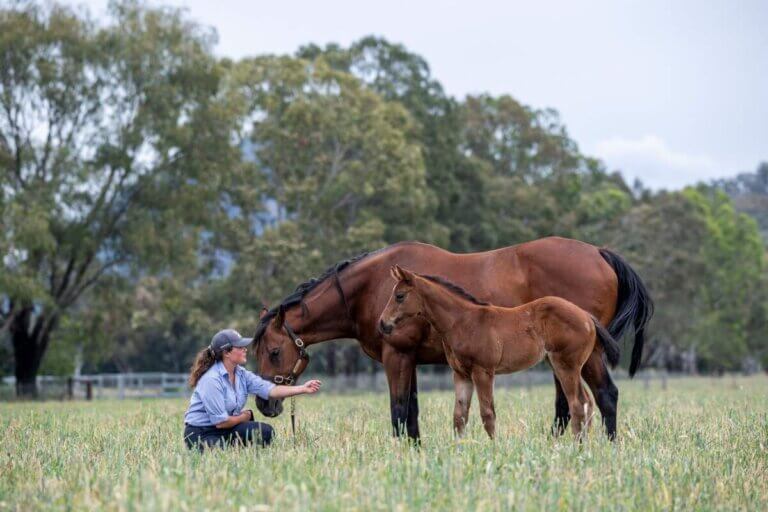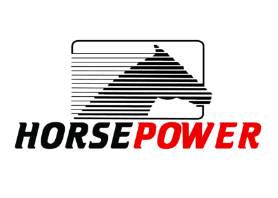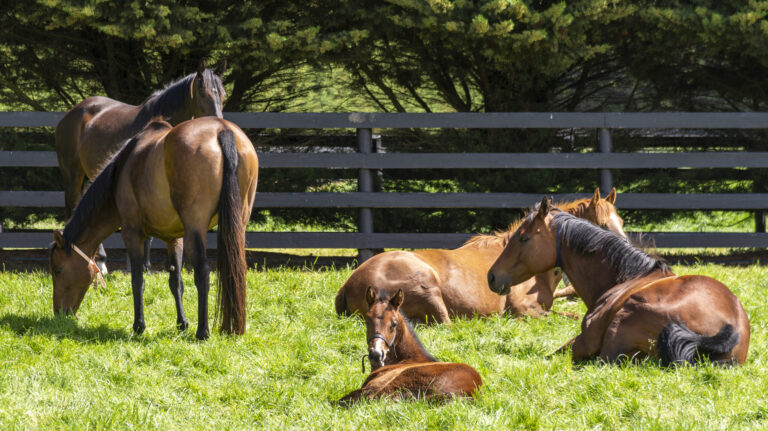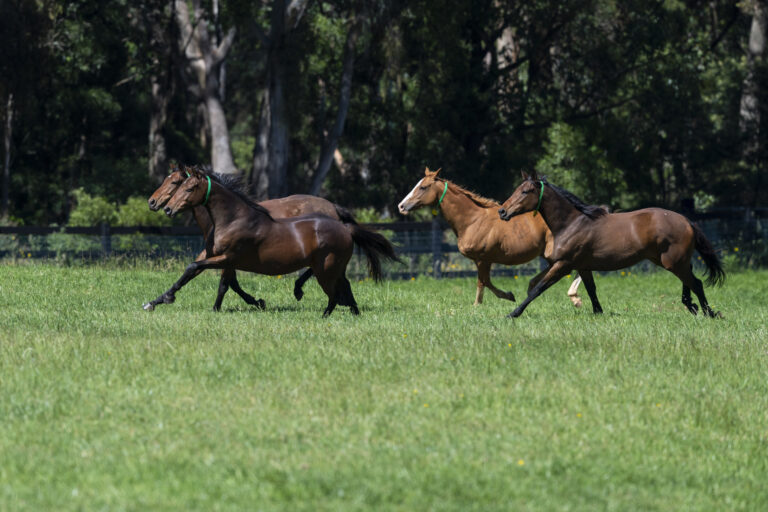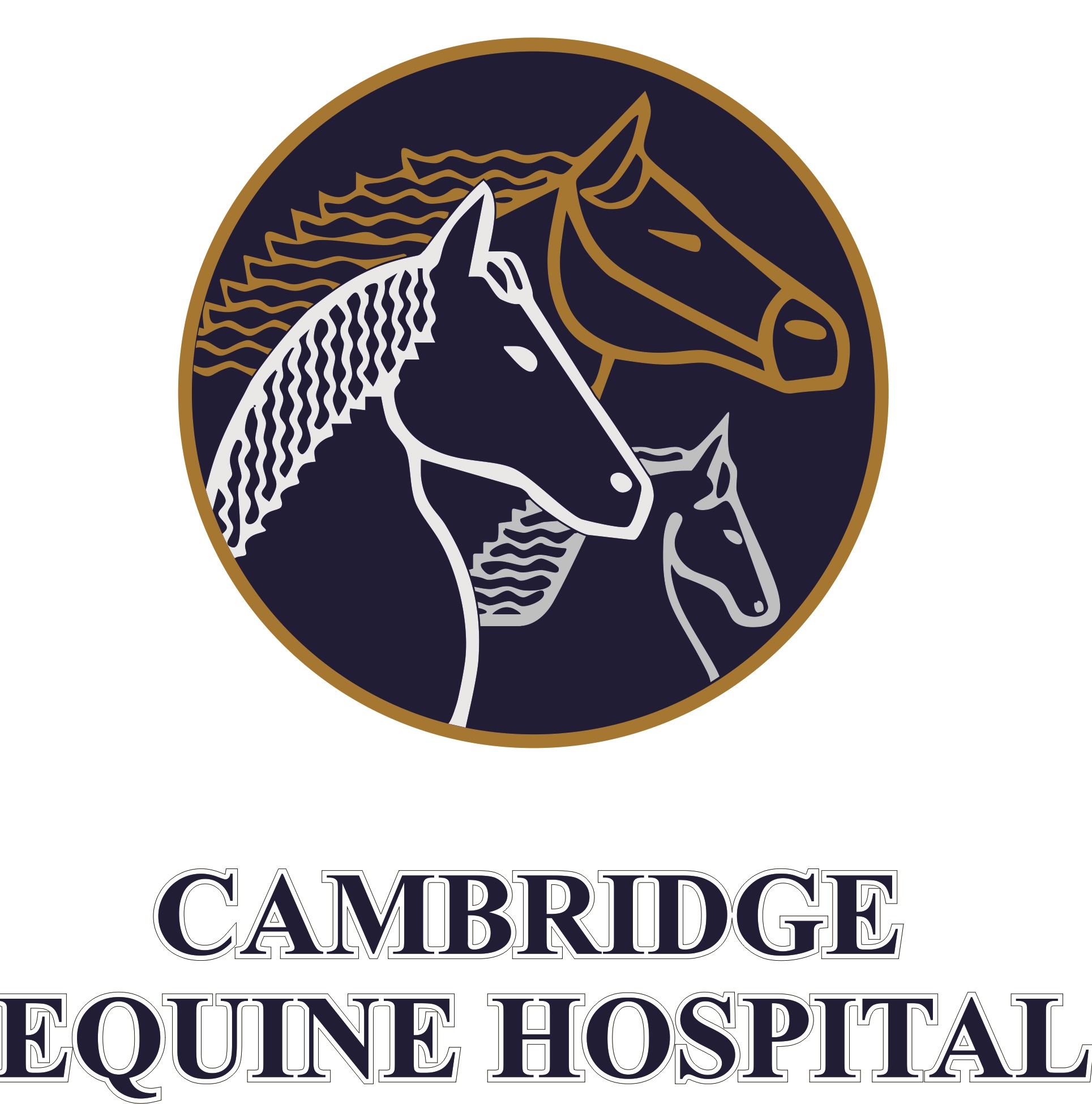Source: Magic Millions
By Glen Latham
A proud Western Australian company has been working tirelessly over the past few years on research into early detection of lameness. With the racing industry here and interstate recently throwing their support behind this passionate team the research looks set for major boost.
Perth based company TelemedVET is making great strides in identifying horses susceptible to breakdown using a blood test and a scan, having the veterinary world take notice, and are on the cusp of embarking on major research projects backed by soon to be announced industry grants.
Formed in 2018, Chris Cowcher and Pete Tually’s company TelemedVET is a driving force in research into the early detection of skeletal changes leading to breakdowns, the scourge of our industry. A nuclear medicine practitioner by trade, the quiet excitement in Pete’s voice is palpable when the topic turned to the advances the company has made into the early detection of stress fractures.“A few years ago we fitted out and repurposed some very high-quality medical imaging equipment that was previously used on humans, allowing us to move around the horse and create the world’s first 3-D image of the pelvic region and spine, in particular.”This advancement in determining the cause of lameness in a horse that presented in discomfort was an excellent start, but Pete and Chris believed their new technology could take things much further.
Pete explained that despite significant advances over the past two decades equine science had very much piggy backed research in humans, however the principles in application hadn’t kept pace.
“In humans 95% of the patients undergoing nuclear scintigraphy were sent because they had a symptom – pains, a lump, shortness of breath or something similar. Now 60-70% of those patients are turning up because of a blood test where a spike in, say, their PSA level, has identified an issue. So in humans the focus has changed greatly where in horses the emphasis on the musculoskeletal system is lagging behind.”
Recognising there was an opportunity to greatly improve the welfare of the horse and rider, and to reduce the owner’s veterinary bills, Pete and Chris started thinking creatively.
“Stress fractures of the pelvis are very hard to diagnose without a particular scintigraphy scan, so I was wondering what research had been done in trying to predict which horse might have a fracture and found that researchers from 10-15 years ago were looking at a blood test. With that I thought could I look at a blood test in conjunction with the scanner system and artificial intelligence to see if we could identify if there is something ‘spiking’ in the blood, as with cancer patients. That would show either the bone is not adapting to the work, or in a worse scenario the bone is now on the way to a stress fracture and lameness.”
Pete explained the path the current research has taken and where things stand at present. “We started the research around three years ago, and with the advances in technology from when the original research was undertaken I was able to find a way of using artificial intelligence to better work out which one of these chemicals is the one we need to focus on. In a trial of 60 horses with stress fractures, in 85% of them the chemical Osteocalcin (OC) was sky-high in their blood. Going forward, identifying high levels of OC potentially meant we could tell trainers two things: firstly, when to take their foot off the pedal because the horse is at the point where the injury means the horse is never going to be the same again, or conversely, they need to give the horse more work because the level is too low. The trainer has to find the sweet spot. Precision medicine and artificial intelligence is all about finding out what is the horse’s normal range, like the lactic acid range of any athlete at say the Institute of Sport, and if you track it over time you will be able to avoid lameness or a fracture.”
These grants are testament to the industry’s willingness to invest in research to red flag those horses running on a hairline fracture that one day is going to crack, or preferably stopping that hairline fracture from getting there in the first place.
Trainers will recognise this breakthrough as a massive help in preventative care of their horses.“The catchcry is ‘the blood test will give the horse a voice’. While great advancements have been made in cardiovascular research, respiratory rate, heart rate, stride analysis etc, not so the skeletal system – it is still very difficult to know just what is going on under the hood. A sports person can say to their coach ‘my hamstrings a bit tight’ or ‘my shins are a bit sore’ but not having a verbal patient the only indication they can give you is a limp, and by the time you get to that stage you’ve crossed the threshold into a problem. Or, conversely, it may say the opposite and point out ‘if you want me to sprint like crazy on the weekend, well, my bone hasn’t responded and it’s only 80%, so you need to give me some more strength around the fetlock’. That can only be achieved by increasing the training load. There is a lot of evidence, particularly in two-year-olds, that you can underwork a horse and that the horse has to have time for the skeleton, the horse’s chassis, to develop to its new work. Unless this is done properly you will get further injuries down the track.”
Pete and Chris are both proud and delighted with the progress made through the first two phases of the research, work acknowledged by the wider veterinary community. “The process is fairly simple. We take a blood sample from the horse, then do a scan to see if the link between the chemical level and the scan identified in the original test pattern continues. Our original research paper was published in a high ranking journal in 2022 with the second phase of the research presented to the American College of Veterinary Surgeons last year, and that is in the process of being published and peer reviewed. Also, the university sector has assessed the merits of the science and are now our partners in this work, on various levels.” Now the third phase is about to start, and that’s a massive project.
Chris and Pete’s early efforts were funded by generous donations from local industry figureheads like Peter Walsh of Amelia Park, and what little profit was made from clinical scans has been reinvested back into the business because they saw the value of further research. However, in exciting news, going forward TeleMedVET will be announcing major industry backed research grants have been secured with further funding possibilities in the pipeline. Those extra resources have been agreed in-principle, and at time of writing the matter is at the contractual stage, but if it goes ahead it is believed to be the single largest grant, world-wide, ever, for one particular study in Thoroughbred research.“These grants are testament to the industry’s willingness to invest in research to red flag those horses running on a hairline fracture that one day is going to crack, or preferably stopping that hairline fracture from getting there in the first place.”
This new funding will be used throughout phase three. “Phase three is all about horses that are sound and determining their OC level. The overriding purpose of the research is firstly to identify a way of ensuring there aren’t vulnerable horses racing. A lot of these horses that break down with fetlock fractures mid race have no warning signs, that’s the insidious nature of stress fractures – it’s not the trainers fault, it’s not the vet’s fault; it’s a fascinating peculiarity about horses that they have this amazing ability to mask their symptoms and push through pain barriers. Secondly, in doing that research, we are looking at high-performance skeleton optimization through checking the blood results, eventually possibly in the palm of the trainer’s hand in a manner similar to diabetics who now can see their blood sugar levels via their phone We think that by doing this blood test a trainer can get a better picture of how the horse is adapting to its new work. To get to this point will require population wide research into whether or not each horse has a normal OC level.”
Despite being a relatively new business, all at TelemedVET are justifiably proud of the success they have had already, their testing having saved many an owner from incurring expensive vet and spelling bills. “We’ve been able to identify issues in horses before they’ve been sent to the paddock so the owner doesn’t have to pay the costs involved in getting the horse back up to racing fitness only for the issue to crop up again. When the horse is brought back in we do a ‘return to work’ scan to make sure that lesion has completely healed. Similarly we’ve been able to stop some horses from racing that day because the scans have shown up an issue We are adding to the armamentarium of tests available to owners and trainers.”
When asked how far this research can take the industry Pete explained“Science is science, and I may be right or I may be way wrong, but even then that contributes to science. But if I’m right, then I’m hoping we can get to the point where testing is trackside and instantaneous. Then you would have to have the relevant parameters for a handheld device to operate off, so age, breed, the track surface, the distance etc.” Pete is also firm in his belief the country trained horse deserves the same access to developments as their expensive citycousins. “We believe a standing CT scanner isn’t just the privilege of the major players and training centres, they should be trackside at every meeting. These machines have to be ubiquitous; vets in the country should have the ability to access this technology, not just those in the city.”
“The data generated by the research program will undergo AI analysis with a new sophisticated form of cloud based telemedicine software called Radin and is being undertaken in conjunction with prestigious university faculties at University of Western Australia and Charles Sturt University”
Given the level of funding and Chris and Pete’s determination to make a positive dent in what is a blight on the industry, it can’t be that far in the future that it’s a reality, at which point we can all breathe a little easier when the barriers open.
